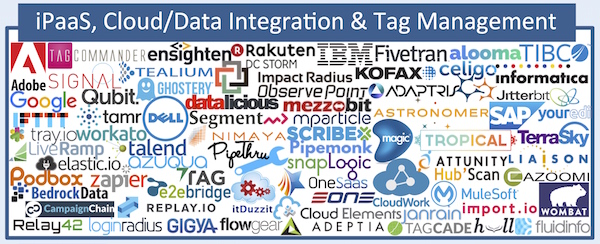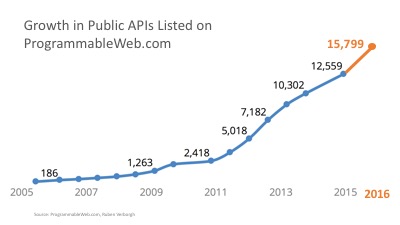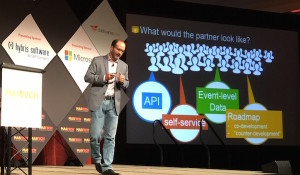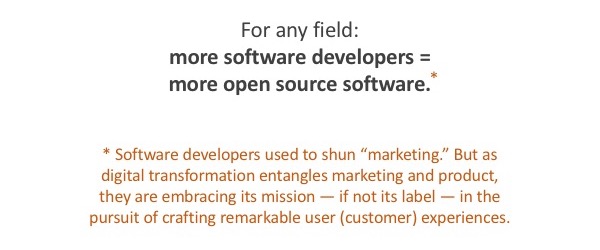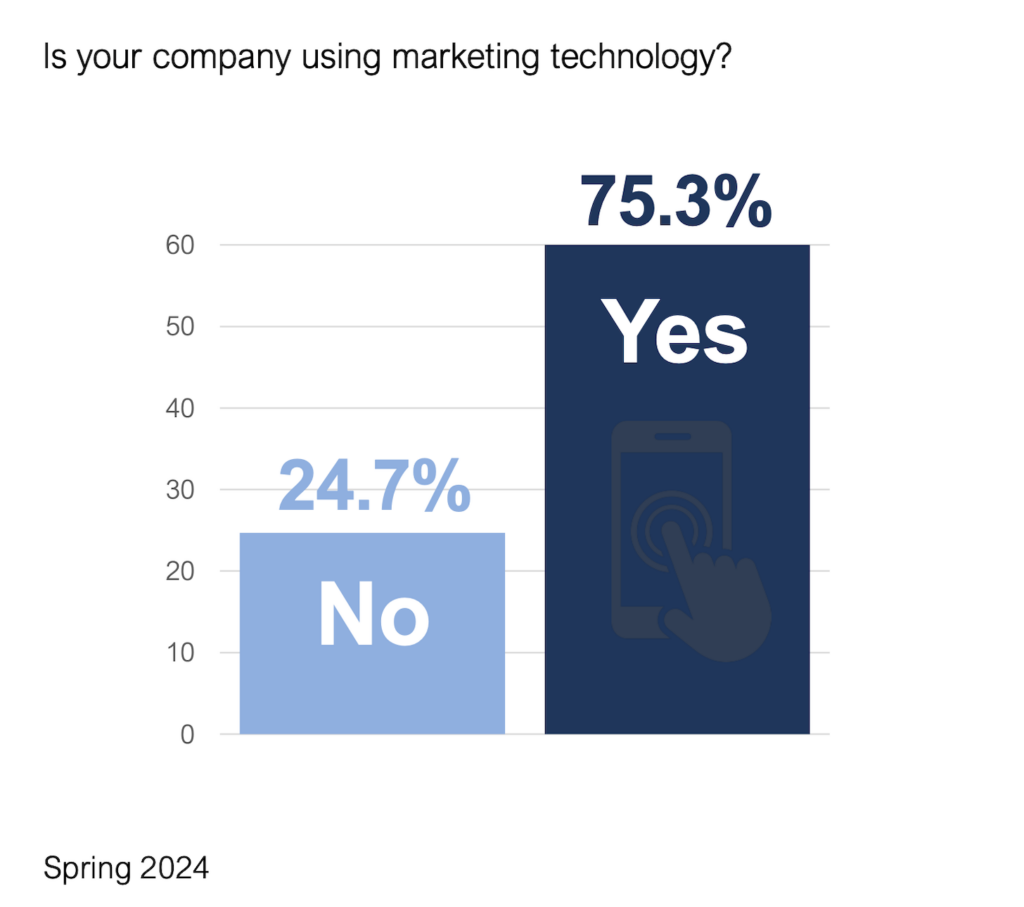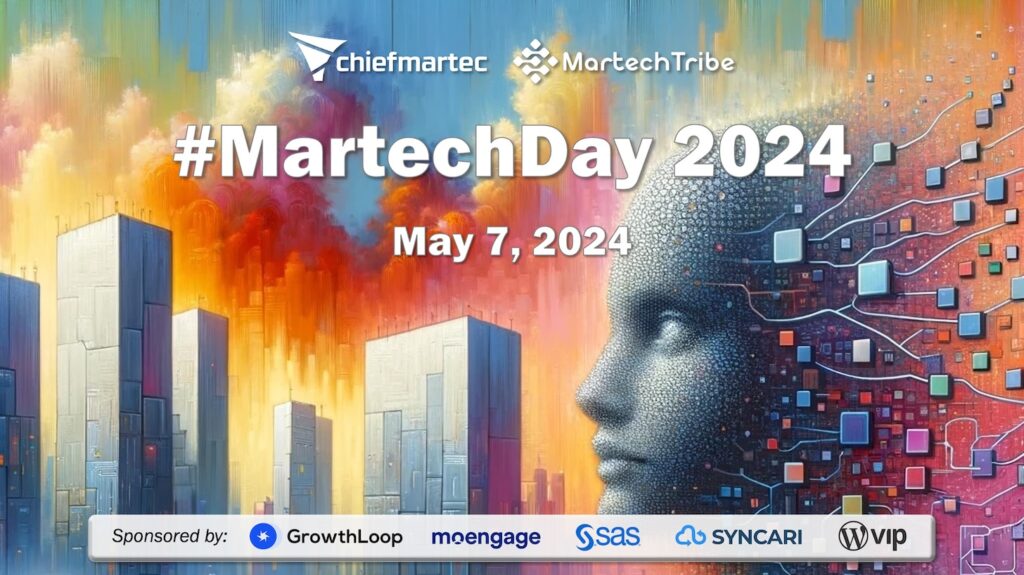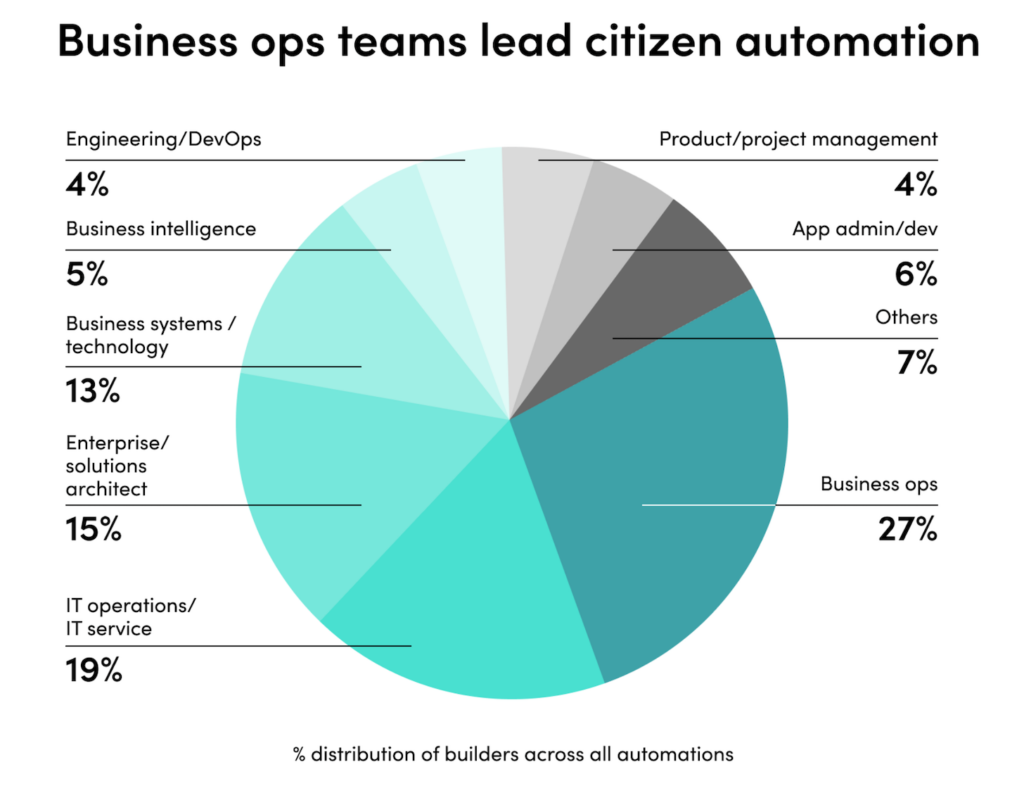The image above is from a MuleSoft presentation, Application Networks: Microservices at Netflix.
This is Part 2 of a 5-part series on 5 Disruptions to Marketing (you can start with Part 1 if you haven’t already):
- Digital transformation redefines “marketing” beyond the marketing department.
- Microservices & APIs (and open source) form the fabric of marketing infrastructure.
- Vertical competition presents a greater strategic threat than horizontal competition.
- AR, MR, VR, IoT, wearables, conversational interfaces, etc. give us digital everything.
- Artificial intelligence multiplies the operational complexity of marketing & business.
2. MICROSERVICES & APIs
The technical demands of digital transformation — front-office and back-office systems that seamlessly coordinate customer experiences in a digital world — lead us to the next disruption: the rise of microservices as the preferred architecture for modern marketing and business infrastructure.
While there will still be plenty of software applications with UIs for us humans, increasingly businesses will need to orchestrate and enhance these applications programmatically through APIs — as well as create their own custom-tailored software on the back of these services.
Custom-tailored software answers the question: “As a digital business, what do we build?”
This is a major disruption to the “one suite to rule them all” marketing technology worldview, at least in the sense of a single vendor providing all of the functionality that a business needs in the digital world.
Consider the following requirements of a digitally transformed or digitally native business:
- It must flexibly connect all of its departments together digitally.
- It must embed “marketing” into its digital products (growth hacking).
- It must creatively differentiate its products, marketing, and operations.
- It must rapidly change in response to new opportunities and threats.
- It must be able to dynamically partner with other businesses digitally.
It’s hard to conceive of one massive, closed-system software application that would do all of that well for everyone out of the box. Even if it could be built (code name: Project Babel), its internal complexity would be staggering — and maintaining it would be a nightmare. And in today’s environment of accelerating technological innovation, the ability to rapidly experiment, change, and adapt is crucial to survival. (See Martec’s Law.)
Microservices architectures have their own challenges too, of course. You trade the internal complexity of a massive application for integration complexity between simpler components — in exchange for gaining flexibility in the collection of components you use, each designed and optimized for their particular purpose.
Luckily, integration complexity is steadily being addressed by martech vendors behind the scenes, as well as by a new generation of cloud-oriented “middleware” solutions known as iPaaS (integration-platform-as-a-service). iPaaS ranges from hardcore technical platforms for enterprise developers, such as MuleSoft, to lightweight tools for business power users at any scale, such as IFTTT and Zapier.
It’s important to note that the major marketing cloud providers can still play tremendous roles in microservices architectures, as authoritative customer data platforms, marketing decisioning engines, and channel execution “services.” But it’s more of a team sport.
Major marketing vendors may provide 80% of the backbone services within a company’s marketing infrastructure — but the 20% that is uniquely assembled and created for each particular business will be critical to their digital differentiation.
Many of the major marketing vendors are already headed in this direction, making significant moves to better open up their platforms to play well in an API-managed environment:
- Salesforce has long been the platform leader in the space, with thousands of ISV integrations and a large and mature ecosystem for custom-built apps. Check out developer.salesforce.com and take particular note of Heroku.
- Adobe has launched the Adobe I/O hub for API documentation and services across their portfolio and the Adobe Marketing Cloud Exchange to promote their growing technology partner ecosystem.
- SAP’s new Hybris-as-a-Platform (YaaS) offering is explicitly presented as a cloud-based microservice ecosystem for digital commerce with an emphasis on providing extensive API flexibility to developers.
- In the SMB segment, HubSpot’s new Growth Stack — I love that name, by the way, for tying together marketing and sales in a digital world — features an expanded set of APIs deep into their platform and a growing ecosystem of ISV developers.
- Marketo was one of the earliest champions of an open platform strategy, with their large LaunchPoint ISV ecosystem and an updated hub for developers. Note that their new CEO, Steve Lucas, has a background in leading platform offerings at SAP and Salesforce.
These are significant commitments to API strategies by some of the industry’s most influential leaders — signaling that they very much believe that this is the direction the market is headed. (Even if some of them might have wished otherwise.)
And that’s just the tip of the iceberg: Oracle, Sitecore, Intercom, MailChimp, Act-On, IBM, Acquia, etc. all offer robust APIs to their data and services. The “headless CMS” movement (CIO Review), the popularity of PaaS over SaaS in e-commerce (B2B E-commerce World), and the emergence of “process hacking” by “citizen developers and integrators” (Gartner) further testify to the momentum of programmatically controllable marketing technology.
In the short-term, these APIs and iPaaS solutions faciliate best-of-breed marketing stacks — the most popular approach to marketing technology today according to a recent study by WalkerSands.
Many of today’s marketing stacks could be characterized as “macroservice architectures” — big chunks of semi-closed applications that have relatively small pipes of data being exchanged between them.
However, it’s not much of a conceptual leap to see how these best-of-breed stacks can evolve into more flexible microservice architectures with more versatile and powerful interactions that span an entire business. This is the vision eloquently described by Gerry Murray of IDC in his recent report on a customer experience operating system (CX-OS).
It’s important to emphasize that these microservice archtitectures aren’t just for back-office operations. They enable a business to better build its own customer-facing digital products — some with a human interface, such as a mobile app or a chatbot; some provided as an API for other businesses to consume programmatically.
As with digital transformation, if we look at digital natives today, we see that most of them are organized around just such a microservices architecture for both their product and their marketing systems — because they’re inherently intertwined.
Netflix has been very generous in sharing their experience with microservices, and you can read a lot about their architecture on their Netflix Tech Blog. There’s also a terrific MarTech presentation you can watch from Tony Ralph, who was the director of ad technology at Netflix, on how they took such an API-oriented approach to supporting a “build and buy” strategy with marketing technology.
Amazon, the grandfather of digital natives, has embraced a microservices architecture for more than 14 years now. It was famously instituted by Jeff Bezos’ “Big Mandate” that everything in the business needed to interact through digital service interfaces — and that those interfaces needed to be designed to be externalizable so that they could be productized or exposed to partners as opportunities arose.
Again, it seems reasonable that these successful digital natives prefigure what more and more other businesses will do in the future.
One of the implications of this is that it will require more conscious software management and development in “marketing” by companies. Even if martech vendors and iPaaS solutions make a lot of this interconnectivity drag-and-drop, there will almost always be some need for more bespoke functionality. This is simply an effect of the digital transformation described in Part 1.
Who will do this software work?
One approach will be having software developers on staff who build and evolve a company’s digital capabilities, whether through IT, engineering within marketing, or digital product teams — or all of the above. Given that software is eating the world, it’s only logical that every company will be a software company, at least to some degree.
But there will also be tremendous opportunities for service providers who can offer software talent on demand. We see this at an enterprise scale with the incredible growth that companies like Accenture, Deloitte, IBM, and Sapient are experiencing with their “digital transformation” practices. However, I believe that this is also the future for thousands of smaller firms — the natural evolution of web development shops and SharePoint consultants.
Either way, a lot more software developers will be engaging in efforts that are focused on delivering remarkable customer experiences — crafting the digital front-office and the back-office to support it — and building “marketing” elements (in the broadest sense) directly into these experiences.
A consequence of greater intermingling of software developers and “marketing” is that a lot more open source software will make its way into marketing. Developers will certainly leverage existing open source projects — such as back-end big data technologies like Hadoop and a myriad of front-end web and IoT frameworks. But they will also forge a wave of new open source software for this new kind of marketing.
We’ll see the next three disruptions also support and benefit from a microservices approach to marketing infrastructure.
The next article in this series is Part 3: Vertical Competition.
If you found this article relevant, you should plan to attend the MarTech conference series, where leading practitioners and experts share their experiences and insights at the evolving intersection of marketing, technology, and management.


